Reading is a wonderful way to nurture a child’s curiosity and help them to learn more about the world around them. If you’re looking to spark your child’s interest in mammals, get ready to hit the library, because I gathered 10 of the best books about mammals for you!
Whether you’re looking to entertain or educate—or both!—there are lots of wonderful options in this list.
In fact, these 10 Books About Mammals for Kids are the suggested books for each topic in my Mammals Family Unit Study!
If you are new here, let me explain. Each month, I release a brand new Family Unit Study, which is perfect for the whole family to enjoy together, as the activities work for all children aged 6-12 years old. In fact, most of the activities work perfectly for younger children, too!
Each Unit Study covers 10 topics, and each of those 10 topics includes:
- An interesting fact and discussion question
- Informative readings at your fingertips
- A hands-on activity with materials you already have at home
- ‘What’s Happening’ information to accompany your hands-on activity
- A curated YouTube video
- A math word problem or literacy prompt
- AND a suggested book that fits that topic!
Grab a sample and take a peek inside one of my unit studies! You can also see the entire collection of Unit Studies available in my shop right here: https://shop.howweelearn.com/collections/family-unit-studies
Today, I thought I would share with you the 10 topics we cover in my Mammals Unit Study and 10 Books About Mammals for Kids that beautifully fit each topic.
I strongly suggest you get these books from the library if you are able to. I have also included my Amazon affiliate links below, in case you would like to add them to your personal library.
Are you ready to see the 10 children’s books about mammals?! Here we go!
10 Children’s Books About Mammals
Topic One: What is a Mammal?
Did you know that you are probably sitting next to a mammal right now? In fact, you ARE a mammal! Mammals are a group of animals that all share certain characteristics. Mammals typically breathe air, have a backbone, have hair or fur, feed their babies milk, are warm-blooded, and give birth to live young. Let’s explore…
Book Suggestion: A Mammal is an Animal by Lizzy Rockwell
With clear, simple language, beautiful paintings, a chart, diagrams, and a cutaway, Lizzy Rockwell has created a beautiful and informative book that introduces young children to animal classification and dichotomous inquiry.
Topic Two: Types of Mammals
We now know what makes an animal a mammal and we have also seen the large differences in this big group of animals. It can be helpful to further break down this group so we can look at more similar groups of mammals as we learn about them. Mammals can be further broken down into three subgroups. Let’s explore…
Book Suggestion: Pocket Genius: Mammals: Facts at Your Fingertips by DK
Featuring almost 200 profiles of individual species, Pocket Genius: Mammals looks at humans, whales, wallabies, camels, and more.
Topic Three: Three Middle Ear Bones
Another way mammals are unique cannot be seen outside the body: mammals have three middle ear bones. This allows them to be more sensitive to sounds. The middle ear bones are called the malleus, incus and stapes. They are nicknamed the hammer, anvil and stirrup. Let’s explore…
Book Suggestion: DKfindout! Big Cats by DK
Supporting STEM-based learning, this fact-filled book for animal lovers ages 6–9 is the ultimate guide to the mightiest members of the cat family.
Topic Four: Body Temperature
One of the classifications for being a mammal is being warm-blooded. This means that mammals don’t need to rely on their environment for warmth, as cold-blooded reptiles do. Mammals can maintain a fairly consistent body temperature, no matter their environment. Let’s explore…
Book Suggestion: The Hiccupotamus by Aaron Zenz
Calamity ensues when an elephant, a centipede, and a rhinoceros try finding a cure for Hippo’s colossal case of hiccups.
Topic Five: Bears
Bears are mammals, so they are warm-blooded, meaning they can regulate their body temperature. Before winter, bears stock up on fat so they can hibernate all winter. Since they can regulate their body temperature and they are nice and fat, bears don’t need their dens to be warm, they just need them to be sheltered from the wind and snow. Let’s explore…
Book Suggestion: About Mammals: A Guide for Children by Cathryn Sill
This beginner’s guide offers a first glimpse into the diverse and natural world of mammals.
Topic Six: Bats
You may not think a bat is a mammal, but it is! Bats are, in fact, the only freely flying mammal. Bats use echolocation to allow them to “see” in the dark. They let out a high pitch sound and it bounces off objects, then the sound returns, providing them with all sorts of information. Let’s explore…
Book Suggestion: Prehistoric Mammals by Kathleen Zoehfeld
With beautiful and engaging illustrations, authentic photos, and accessible text, kids will learn all about these mighty mammals in this level 2 reader.
Topic Seven: Elephants
Elephants are the largest land animal that exists today! Since they are mammals, we know they must have hair or fur—but why? They are so big and live in such a hot environment—doesn’t hair make them too hot? Sparse hair actually helps cool elephants down! Let’s explore…
Book Suggestion: The Kingdon Pocket Guide to African Mammals by Jonathan Kingdon
The fully updated second edition of the leading field guide for African safaris, providing unmatched coverage of all the continent’s land mammals in a handy, portable volume.
Topic Eight: Blue Whales
The largest animal in the world is a blue whale and it is—you guessed it—a mammal! Blue whales can weigh up to 400,000 lbs. Let’s explore…
Book Suggestion: Whales, Dolphins and Porpoises by Mark Carwardine
Authoritative text, detailed illustrations, and a systematic approach make DK’s Smithsonian Handbook of Whales, Dolphins, and Porpoises the most comprehensive and concise pocket guide to cetaceans.
Topic Nine: Humans
The second largest rainforest in the world is the Congo Rainforest in Africa. It is a tropical rainforest similar in many ways to the Amazon rainforest. The Congo Rainforest is home to many unique animals.
Book Suggestion: Skunks Can’t Sell Lemonade by Leslie Bush Norris
Earlier in this unit study, we looked at six things to ask when figuring out if an animal is a mammal: Does it breathe air? Does it have live young? Does it have hair or fur? Does it have a backbone? Do females produce milk for their young? Is it warm-blooded? Looking at these questions, we can figure out that we are mammals too! Let’s explore…
Topic Ten: Platypus
The platypus is an exception to the rules of being a mammal. Platypuses are indeed mammals, but they do not give birth to live young—they lay eggs! Let’s explore…
Book Suggestion: Is a Camel a Mammal? by Tish Rabe
The Cat in the Hat takes Dick and Sally on a Seussian safari to observe (and pontificate about) the many different kinds of mammals. An invaluable tour for all animal lovers!
There you have it, my friend, 10 Children’s Books About Mammals!
If your little one likes these books, they will love my Mammals Family Unit Study! Grab your copy right here.
xo
Sarah
P.S. Don’t forget to grab your Free Unit Study Sample!
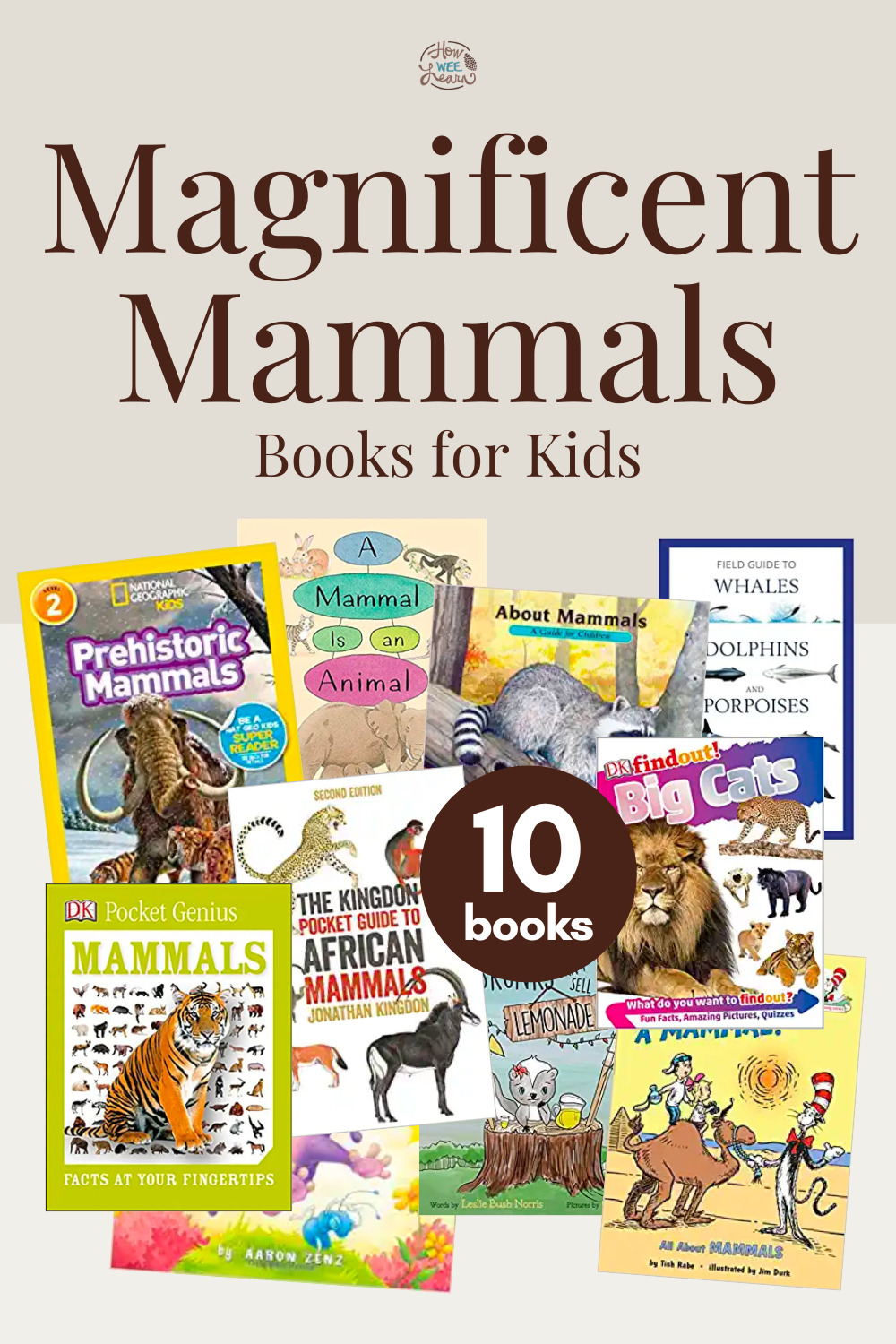
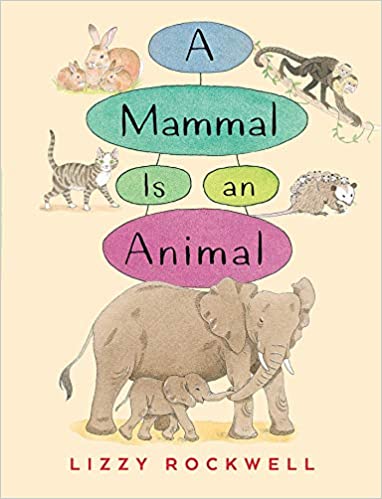
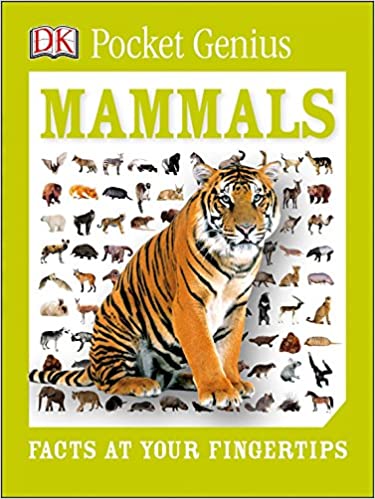
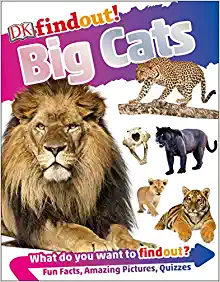
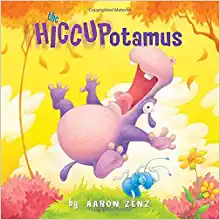
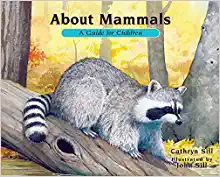
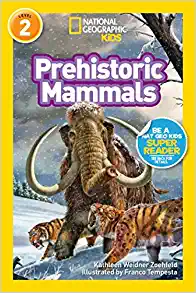
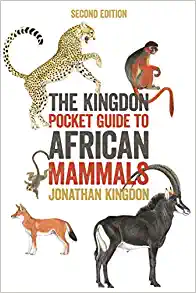
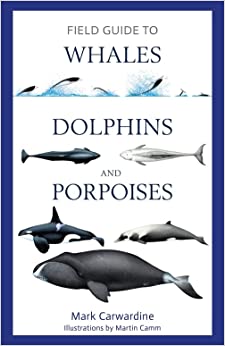

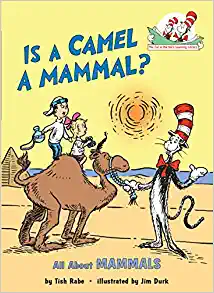
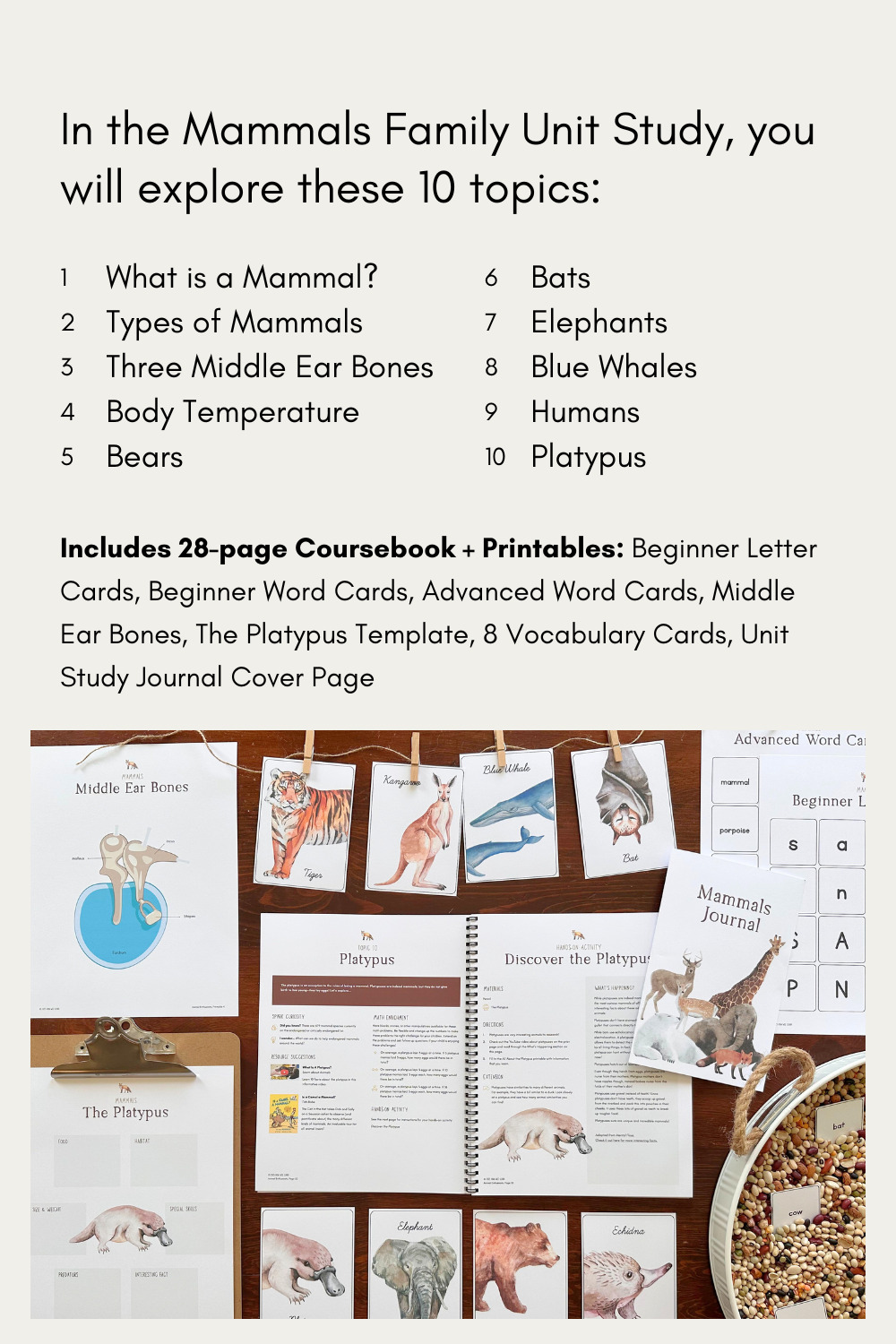
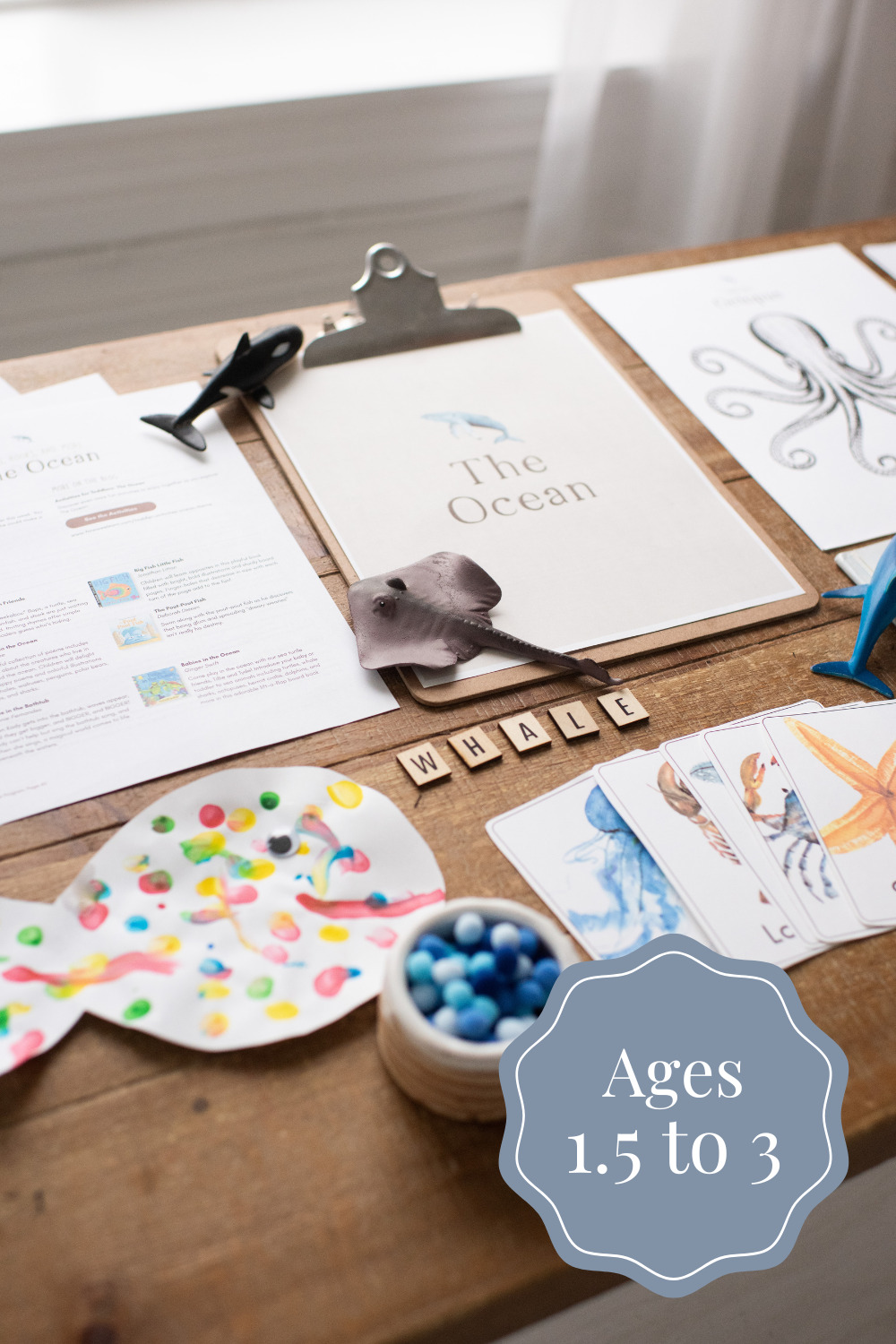
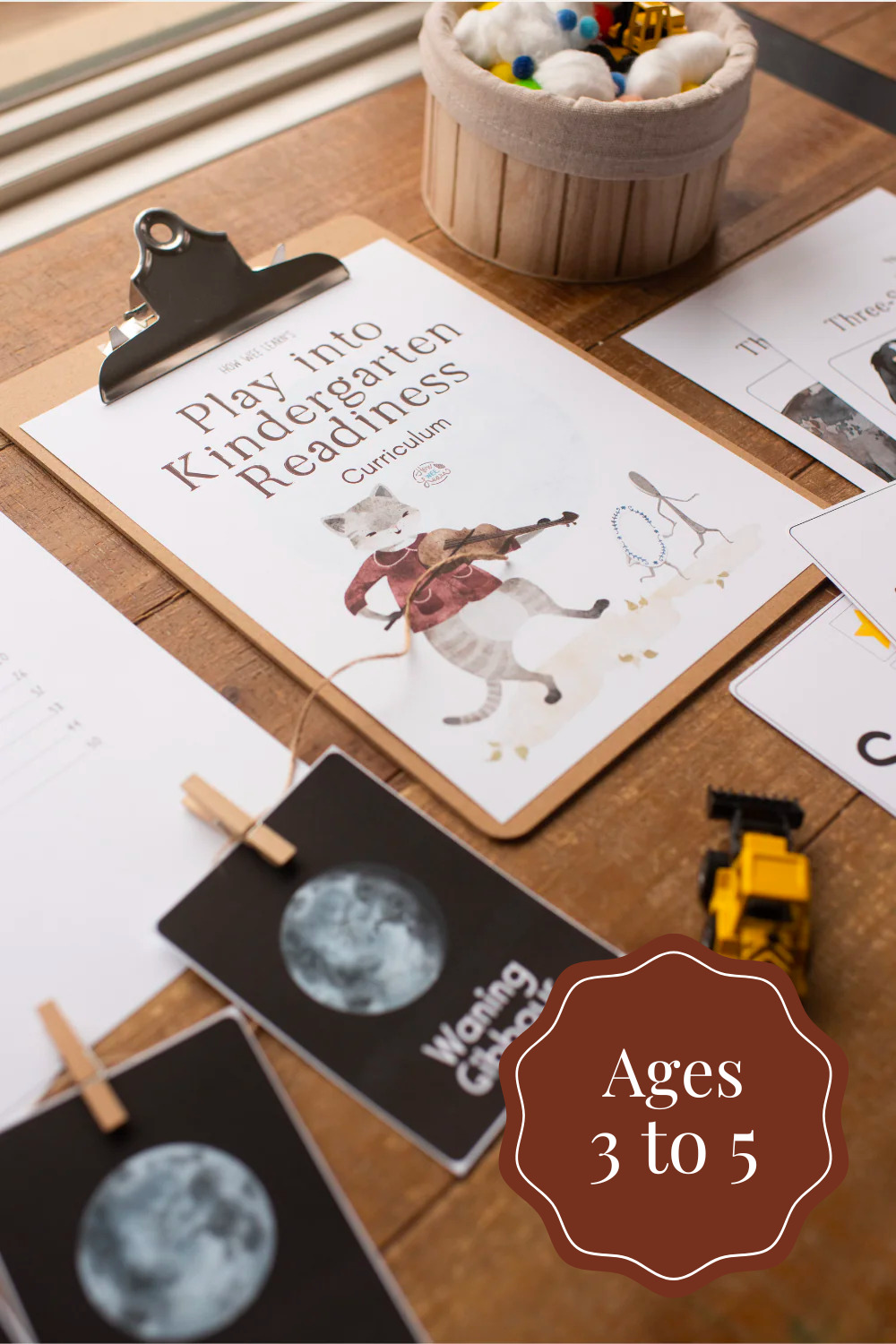
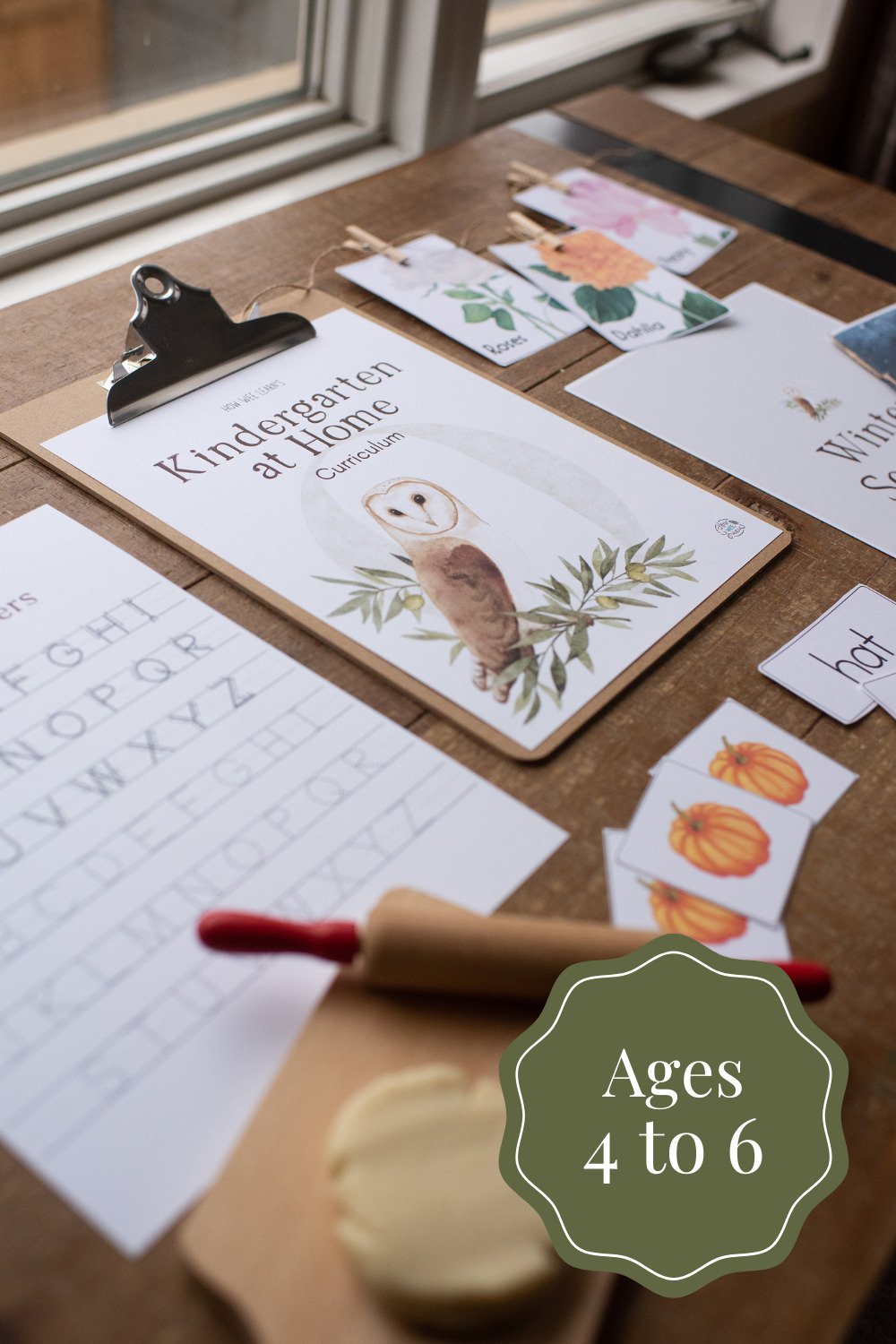
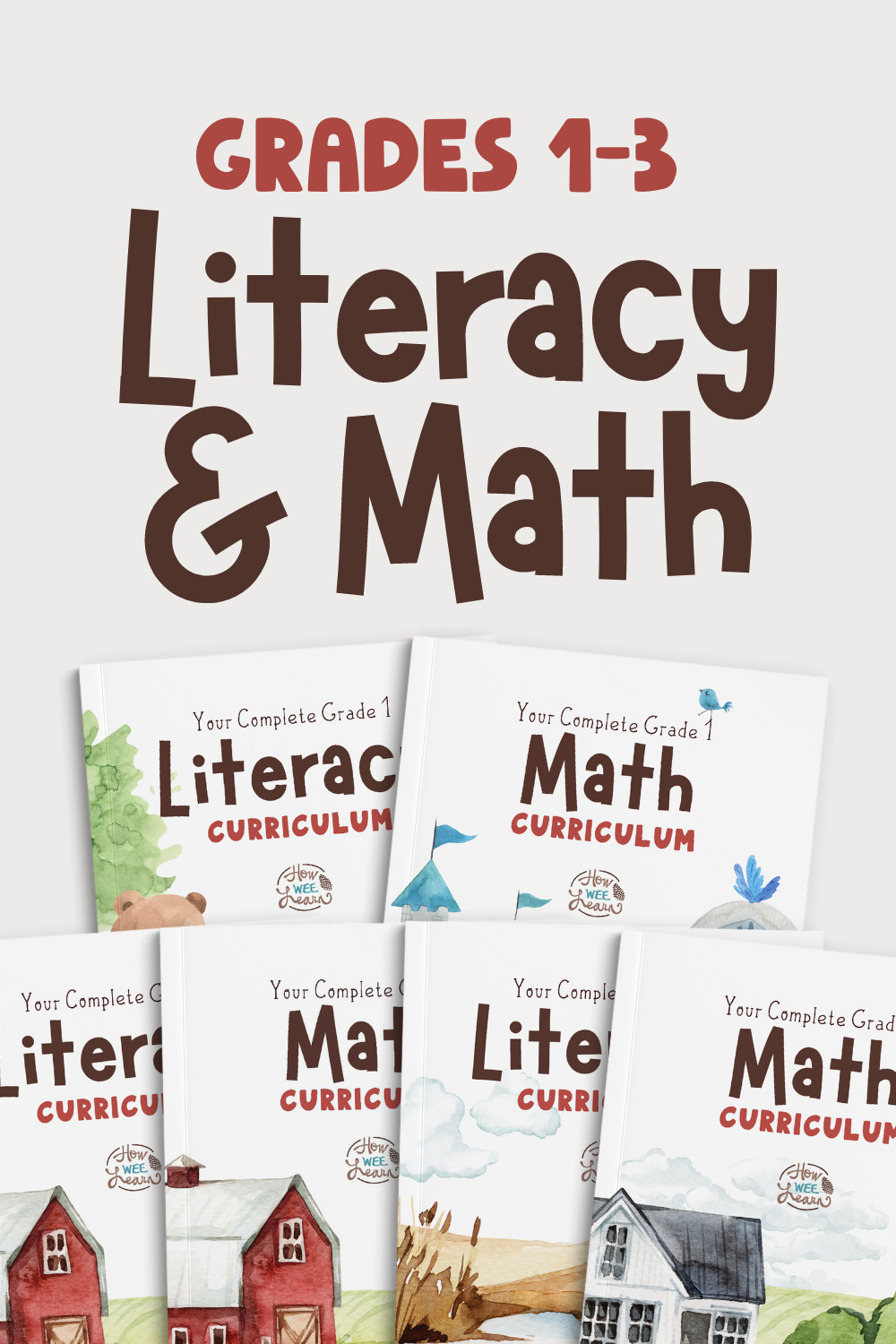


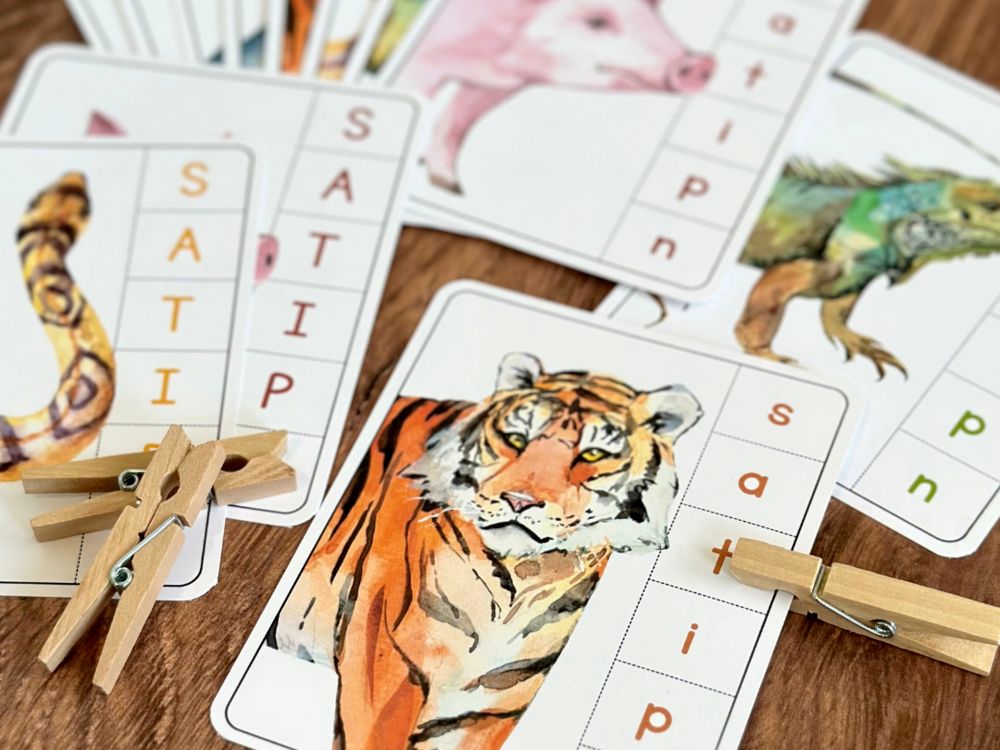
Leave a Reply